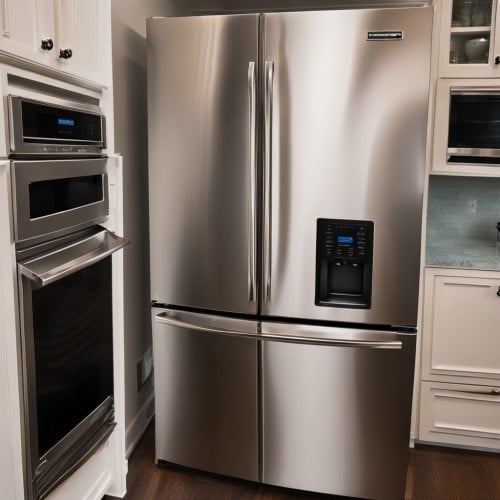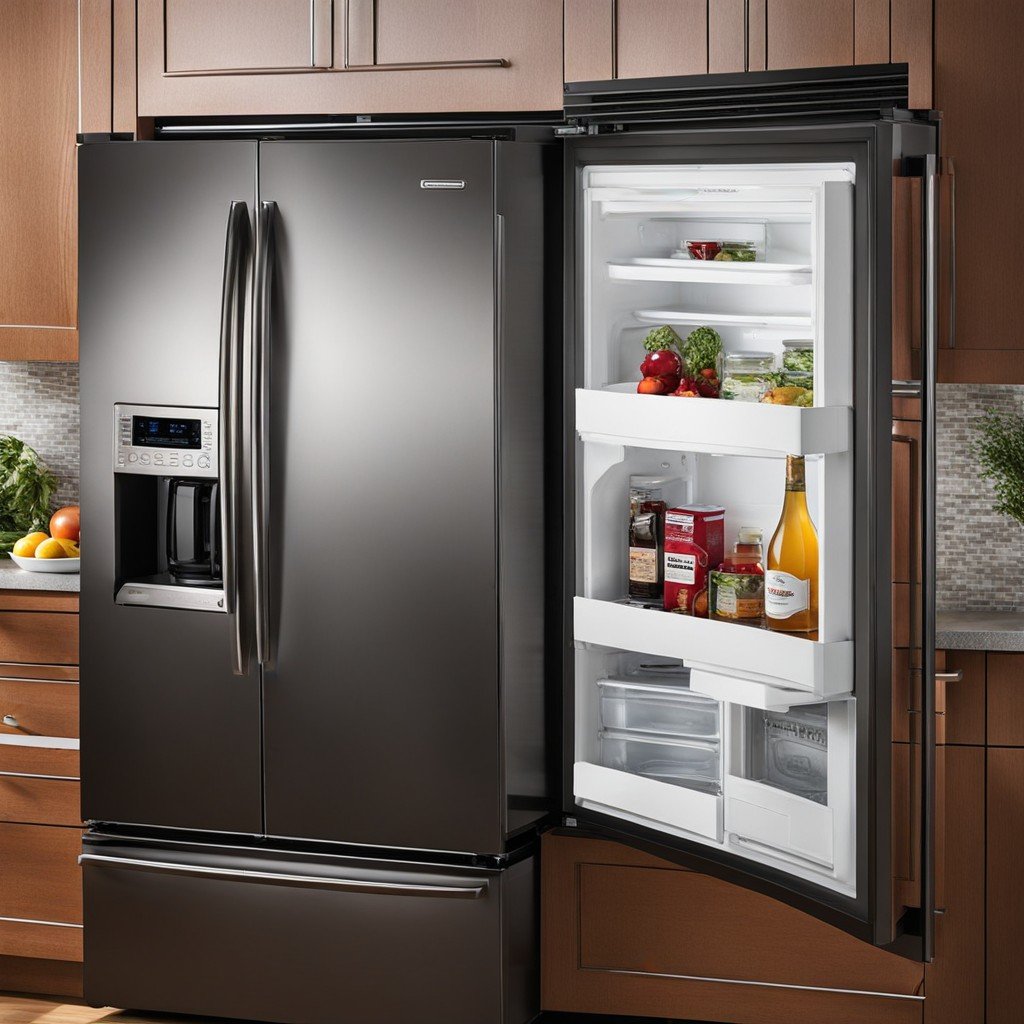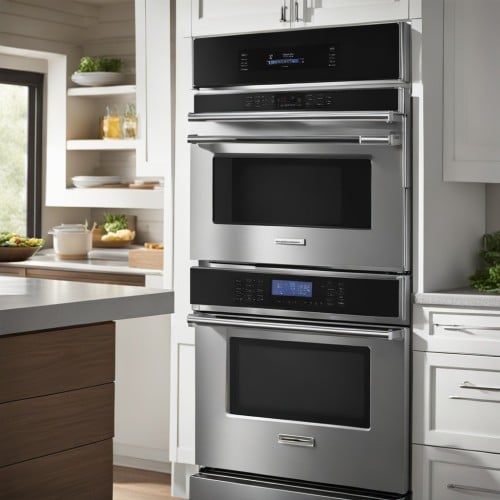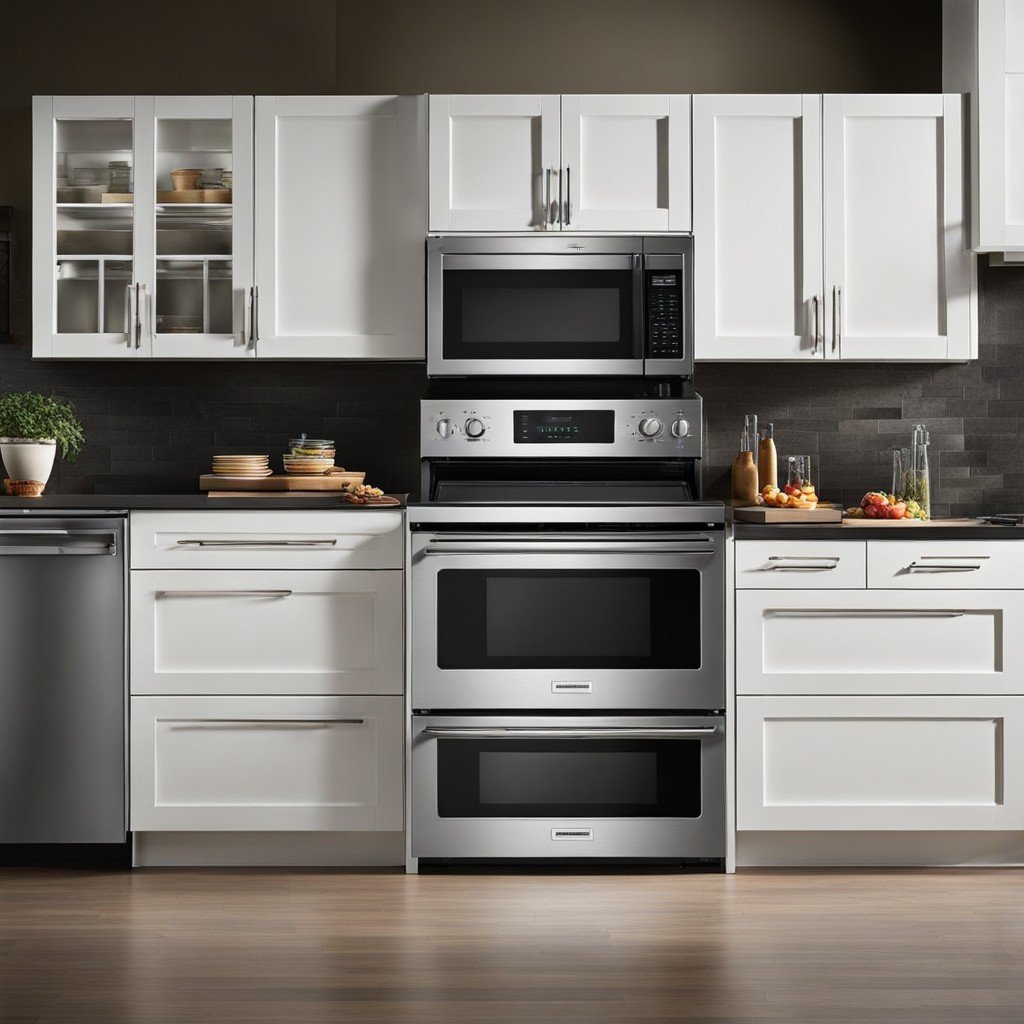-
Table of Contents
Kitchenaid Dishwasher Installation: A Comprehensive Guide
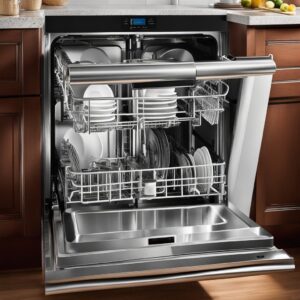
Installing a Kitchenaid dishwasher can seem like a dauntng task, but with the right guidance, it can be a straightforward process. This article will provide you with a step-by-step guide on how to install a kitchenaid dishwasher, along with troubleshooting tips and advice on when to call in a professional.
Why Choose a Kitchenaid Dishwasher?
Kitchenaid dishwashers are a popular choice among Amercan households due to their high-quality performance, durability, and sleek design. They are designed to make your life easier, with features such as ProWash™ Cycle, which determines the ideal cycle based on load size and soil level. Furthermore, Kitchenaid dishwashers are energy-efficient, helping you save on utility bills.
Steps to Install a Kitchenaid Dishwasher
Before you begin the installation process, ensure you have the necessary tools and materials. These include a level, tape measure, screwdriver, adjustable wrench, and pliers. Here are the steps to install your Kitchenaid dishwasher:
- Disconnect the power and water supply.
- Remove the old dishwasher if necessary.
- Prepare the new dishwasher for installaion.
- Connect the water supply line and the drain line.
- Slide the dishwasher into place and adjust the leveling legs.
- Secure the dishwasher to the countertop or cabinets.
- Connect the power supply.
- Run a test cycle to check for leaks and proper operation.
For a more detailed guide, refer to the kitchenaid dishwasher installation manual that comes with your appliance.
Troubleshooting Common Installation Issues
Even with careful installation, you may encounter some issues. here are some common problems and their solutions:
- Leaking: This could be due to loose connections. check the water supply and drain lines and tighten if necessary.
- Not starting: Ensure the dishwasher is properly connected to the power supply. Check the circuit breaker and fuses.
- Not draining: Check the drain hose for clogs. ensure it is not kinked or bent.
Replacement Parts for Kitchenaid Dishwasher Installation
If you need replacement parts for your Kitchenaid dishwasher, it’s best to use genuine Kitchenaid parts to ensure the best performance and longevity of your appliance. These can include water supply hoses, drain hoses, power cords, and mounting brackets. You can find these parts at authorized Kitchenaid retailers or online.
When to Call a Professional
If you’re not comfortable with DIY installation or encounter issues you can’t resolve, it’s best to call a professional. Kitchenaid has service centers in many provinces across America. To find the nearest service center, visit the official Kitchenaid website or call their customer service hotline.
Conclusion
Installing a Kitchenaid dishwasher can be a straightforward process with the right guidance. However, if you encounter any issues or feel uncomfortable with the installation, don’t hesitate to call a professional. Remember, proper installation is key to ensuring your dishwasher operates efficiently and lasts for years to come.
Note: The information provided in this article is collected from various online sources. While we strive for accuracy, there may be some discrepancies. For the most accurate and up-to-date information, please visit the official Kitchenaid website. The site owner is not responsible for any inaccuracies or issues arising from the application of the information provided.


